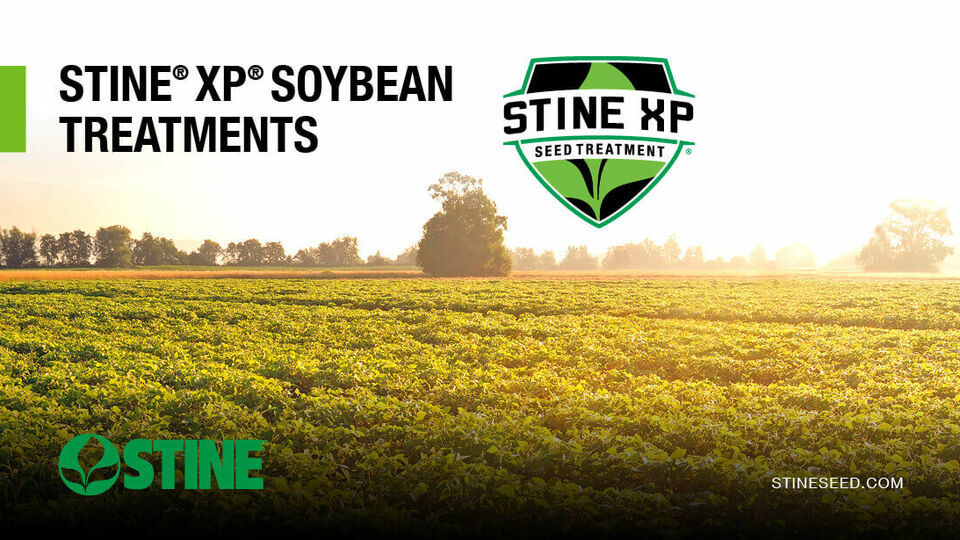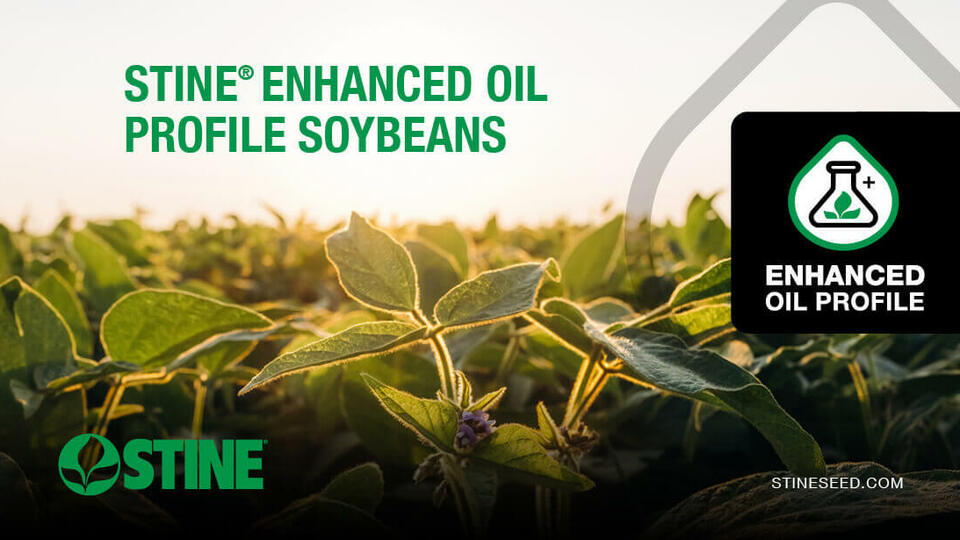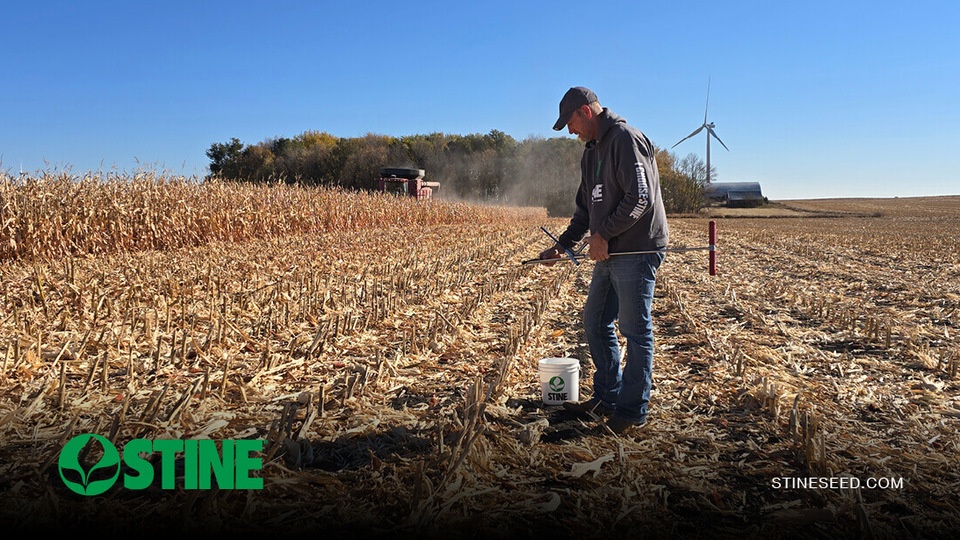With harvest around the corner, it’s time to start walking corn fields to look for standability issues. With the wet planting and growing seasons, corn plants are more prone to nitrogen loss — especially during the grain fill period — leading to cannibalization in some plants. Essentially, if the plant lacks nutrients, it begins taking the nutrients from areas of the plant such as the stalk and the leaves and then transfers those remaining nutrients to the ear to promote grain fill. And, as growers already know, when the nutrients are swept away to the ear, you lose stalk integrity and increase the potential for lodging in your corn fields.
Stine corn generally has very good stalk strength with traits that encourage standability and disease control. However, if your fields have been under increased stress this season, here are some recommendations to prepare for harvest.
Recommendations
Walk your fields — don’t just drive by. Standability and stalk rot issues may not be immediately visible. Walk your fields so that you can scan every acre for moisture and stalk stressors.
Perform the “pinch test.” Pinch the stalk at a point below your knee. If you can squeeze the stalk together and it’s soft, the plant may have a disease or it could be cannibalizing itself.
Harvest early if necessary. If a section of your field is experiencing cannibalization or stalk rot, harvest that section before lodging becomes an issue. You save yield when you don’t have downed corn.
Contact your regional sales agronomist to discuss Stine hybrid options for next season. With industry-leading genetics and a variety of trait packages, Stine hybrids offer outstanding standability, resulting in superior yields.
Related Articles
-

Stine® to offer Syngenta’s Victrato® soybean seed treatment in 2026
December 2025 in Agronomy
-

Use Stine’s XP® seed treatments to prevent early injury to your crops
December 2025 in Agronomy
-

Understanding Stine’s enhanced oil profile soybeans
December 2025 in Agronomy
-

Soil sampling sets the stage for spring
November 2025 in Agronomy



